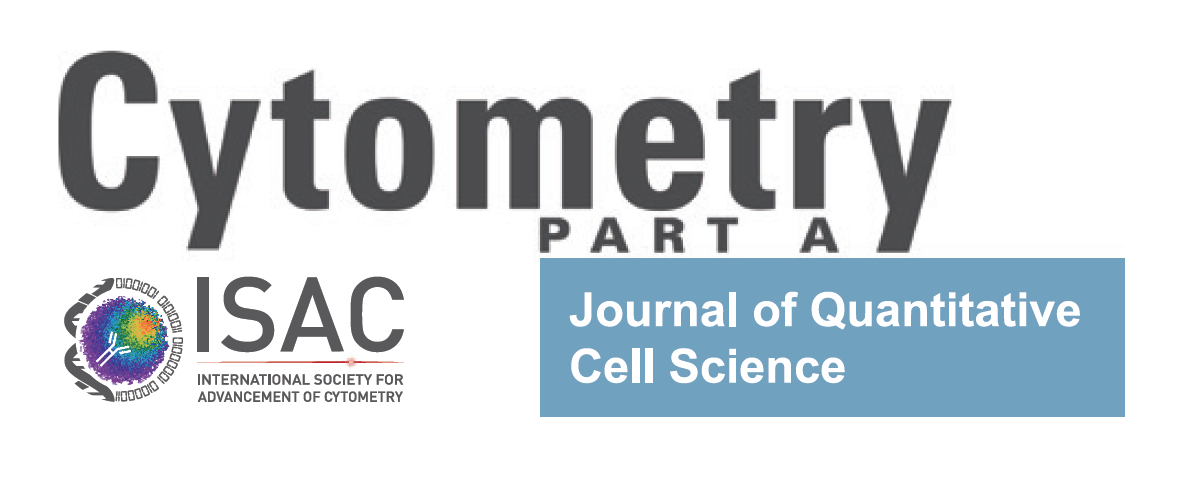Spectral flow cytometry differs from conventional flow cytometry in that it assesses the entire emission spectrum of each fluorochrome with a large array of detectors. This approach delivers significantly greater detection resolution and creates more flexibility in panel design, as well as opening new avenues for combining novel technologies with flow cytometry.
In this collection, we present a series of research articles detailing recent innovations involving the use of spectral flow cytometry. As new methodologies that utilize the flexibility and capabilities of spectral flow cytometry are developed, researchers will be able to gain greater biological insights into cell biology and disease.
What you will learn:
- Comparison of conventional versus spectral flow cytometry
- Novel applications, such as barcoding and kinase assays, empowered by spectral flow
- High-parameter panels enabled by spectral flow cytometry
Articles contained in the collection:
Niewold, P., Ashhurst, T.M., Smith, A.L. and King, N.J.C. (2020), Evaluating spectral cytometry for immune profiling in viral disease. Cytometry, 97: 1165-1179.
Soh, KT, Conway, A, Liu, X, Wallace, PK. Development of a 27-color panel for the detection of measurable residual disease in patients diagnosed with acute myeloid leukemia. Cytometry. 2022.
Junker, F, Camillo Teixeira, P. Barcoding of live peripheral blood mononuclear cells to assess immune cell phenotypes using full spectrum flow cytometry. Cytometry. 2022.
Vanuytsel, K, Yeung, AK, Dowrey, TW, Murphy, GJ, Belkina, AC. Comprehensive phenotyping of hematopoietic stem and progenitor cells in the human fetal liver. Cytometry. 2022; 1– 6.
Henderson, J, Havranek, O, Ma, MCJ, et al. Detecting Förster resonance energy transfer in living cells by conventional and spectral flow cytometry. Cytometry. 2022; 101: 818– 834.

